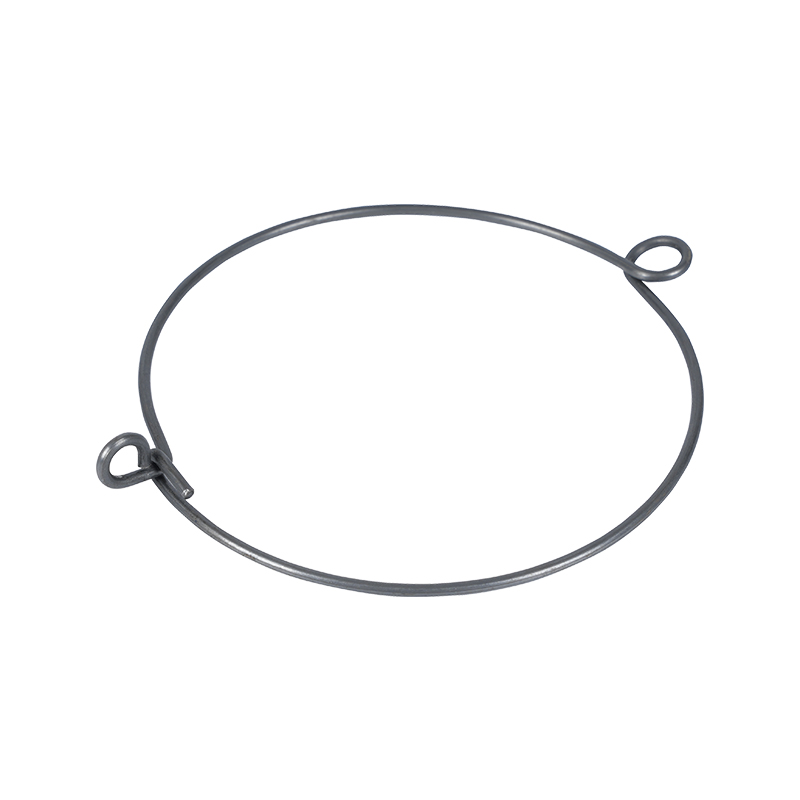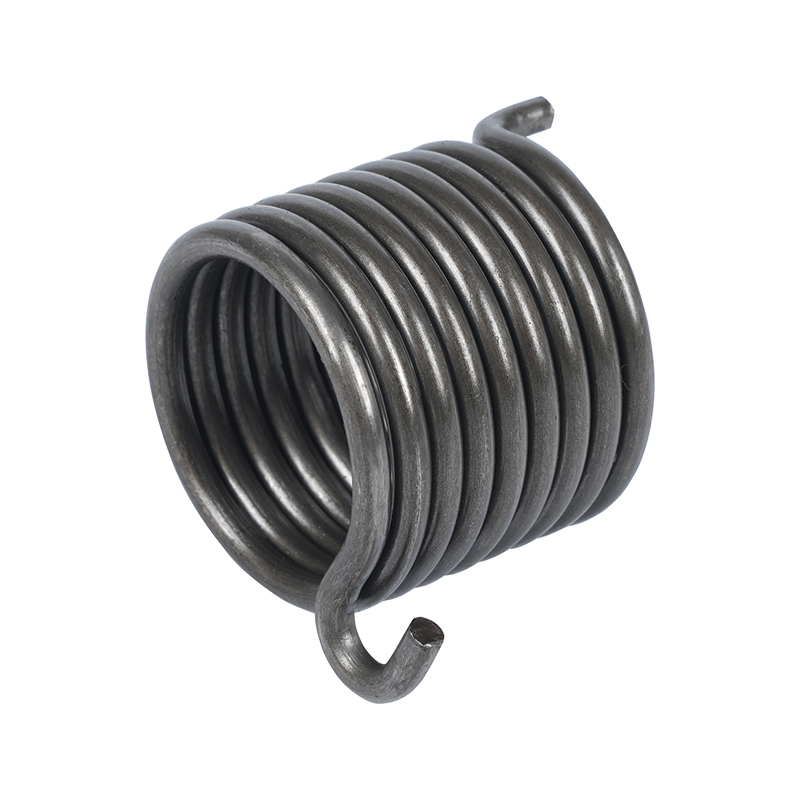Stamping Sheet Metal vs. CNC Machining: Which is More Efficient?
When it comes to manufacturing metal components, engineers and manufacturers often compare stamping sheet metal with CNC machining. Both methods provide high-quality results, but efficiency, cost, and project requirements vary depending on the chosen process. Understanding the strengths and limitations of each can help decision-makers choose the suitable approach for their specific needs.
What is Stamping Sheet Metal?
Stamping sheet metal is a manufacturing process in which metal sheets are shaped, cut, or formed using dies and presses. This technique can produce complex shapes in large quantities with consistent accuracy. Common stamping operations include blanking, bending, embossing, and punching. Stamping sheet metal is widely used in industries such as automotive, electronics, appliances, and aerospace because of its ability to produce uniform parts efficiently.

Advantages of Stamping Sheet Metal
One of the main benefits of stamping sheet metal is its speed. Once a die is prepared, multiple parts can be produced rapidly, making it ideal for high-volume production. The consistency provided by stamping sheet metal reduces errors and improves assembly efficiency.
Another advantage is material utilization. The stamping process often results in minimal waste, which can lower production costs. Additionally, stamping sheet metal allows for certain design features, such as embossing or countersinking, to be added directly during production. This eliminates the need for secondary operations and improves overall efficiency.
CNC Machining Overview
CNC machining, on the other hand, involves the removal of material from a workpiece using computer-controlled machines. It is known for its precision and flexibility, especially for custom or low-volume parts. CNC machining is suitable when intricate designs or tight tolerances are required, but it generally takes more time per part compared to stamping sheet metal.
Comparing Efficiency
When comparing stamping sheet metal to CNC machining, volume and speed are key considerations. For large-scale production, stamping sheet metal is typically more efficient because it can produce hundreds or thousands of identical components quickly. CNC machining may require longer setup and cutting times for each individual part, which can slow down the process when volume increases.
Cost is another factor. Although creating a die for stamping sheet metal requires an initial investment, the cost per part decreases significantly as production scales up. CNC machining, while highly precise, may have a higher cost per unit for large quantities due to longer machining times and increased tool wear.
Design Flexibility and Limitations
While stamping sheet metal excels in high-volume production, CNC machining offers more flexibility for low-volume or highly customized parts. Changes in part design are easier to implement with CNC machines, whereas modifications in stamping require altering or creating new dies. Therefore, project requirements should guide the choice between the two methods.
Both stamping sheet metal and CNC machining have important roles in modern manufacturing. Stamping sheet metal is highly efficient for large-scale, repetitive production with consistent quality and reduced material waste. CNC machining, however, offers flexibility and precision for low-volume or complex parts. By evaluating production volume, cost, and design requirements, manufacturers can determine which method provides the balance of efficiency and quality.


 English
English русский
русский Español
Español











